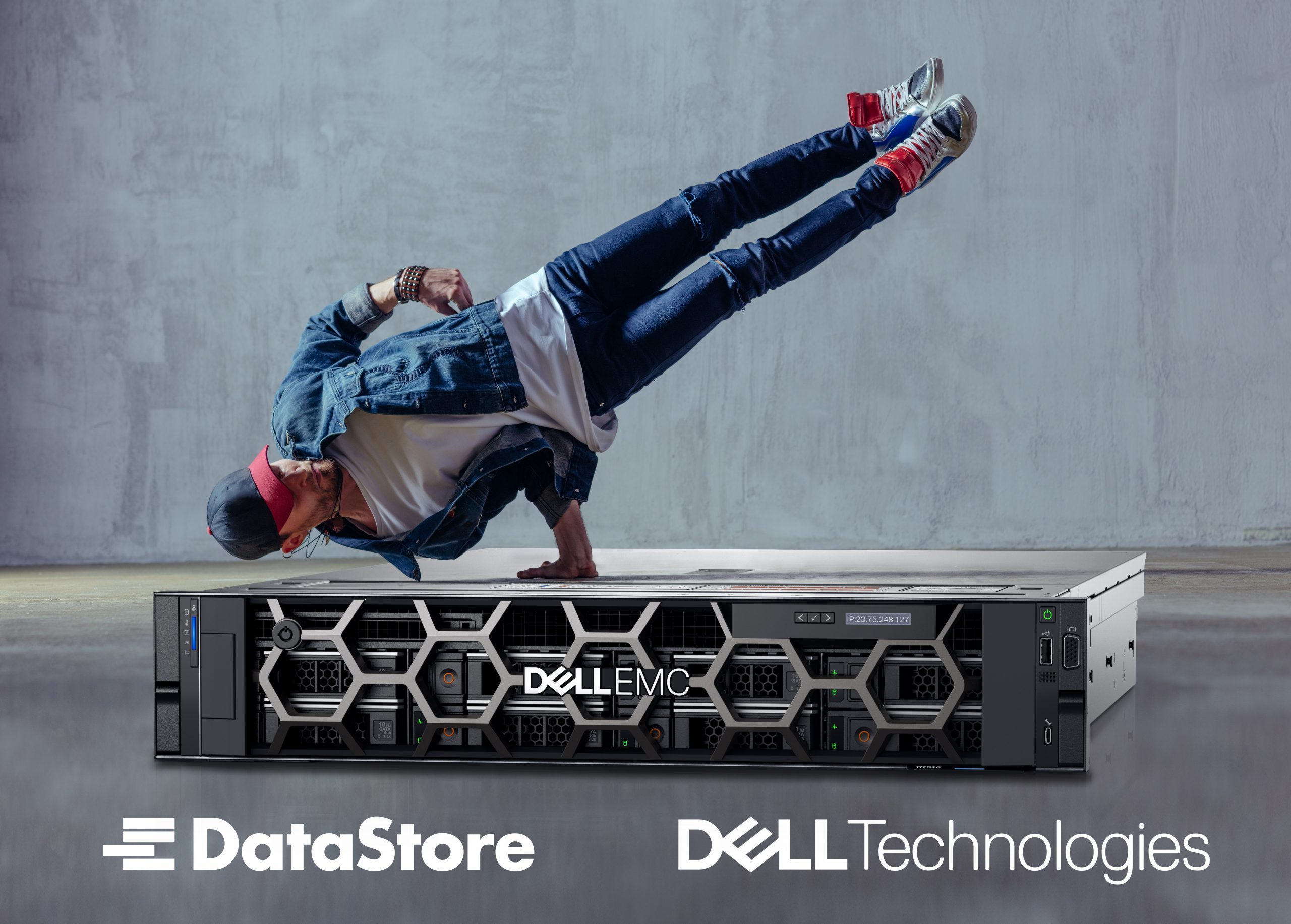
PowerEdge Servers Generation 15: agile & flexible
By Daniel Stadelmann, Strategic Account Manager at DataStore AG
Every generation has the skills it needs to overcome the challenges of today and tomorrow. Having grown up in the digital world, Generation Y masters these effortlessly. The same principle applies to server generations. The latest example: the Dell Technologies PowerEdge servers.
Digitalized business processes and working from home are the new normal. For IT officers, this means that IT infrastructure has to be adapted and aligned to enable it to meet business requirements quickly and easily, including those that are yet to come. Agility and flexibility are a must. The same applies to servers.
The new generation of servers
Servers need to meet the new requirements in order to fulfill company standards. Dell Technologies has responded to the challenge by introducing a new generation of PowerEdge servers to the market, which enables a variety of new applications – primarily in the fields of hyperconverged infrastructure, cloud computing and other high-performance segments. The PowerEdge family in its 15th generation includes a wide variety of servers, ranging from rack and tower servers and modular infrastructures to specialty and industrial servers. The key features of the new generation of servers are:
• Processor: optionally AMD or Intel
The AMD version uses a third-generation EPYC3 processor (Milan) with up to 64 cores. Further features include up to 32MB of L3 cache per core, 2x PCIe performance in Gen4 at 16 GT/s, increased memory speed of 20 percent, double socket speed, and increased security thanks to AMD Infinity Guard for confidential computing. The Intel version comes with the new third-generation Intel Xeon Scalable Processor (Ice Lake) in 10-nanometer technology, with up to four TB (two sockets).
• Performance: OPC3, NVMe and 160 PCI lanes
Adapter cards based on OCP3 are supported. The OPC3.0 NIC adapter card meets the new standard for peripheral connections in the data center. The R7525 system with two units, two sockets, and 3rd-generation AMD EPYC 7003 processor has 128 PCIe lanes, with the rest used for communication between sockets. Some of the xGMI2 lanes between the sockets can even be used to add PCIe lanes. In this respect, some configurations have an additional 32 lanes, resulting in a total of 160 PCIe lanes for peripheral devices. As the standard interface between the CPU and peripheral devices, PCIe can also be used to connect a number of NVMe drives directly to the CPU.
• New chassis – less electricity
The support rails now come with thin, folded metal edges that enable increased airflow through the server housing. The design of the motherboard has been changed to a T-shape for optimized airflow distribution throughout the server. These design-based changes bring about improvements to cooling fan and power supply consumption, reducing overall electricity consumption.
Make the best use of the new server generation with DataStore
Server performance, efficiency and security are basic requirements for ensuring optimal IT and company operations. Above all, companies who know precisely how to use the power of the servers to their advantage can achieve fast and competitive results, and this is where DataStore, a long-standing Dell Technologies partner, comes in with its highly qualified and experienced experts. Customers therefore not only benefit from in-depth product expertise, but also tailored, holistic solutions to perfectly support the company’s business objectives and ultimately contribute to its success.
Any more questions? Please get in touch with Daniel Stadelmann directly:
Daniel Stadelmann
Strategic Account Manager
E-Mail: daniel.stadelmann@datastore.ch
